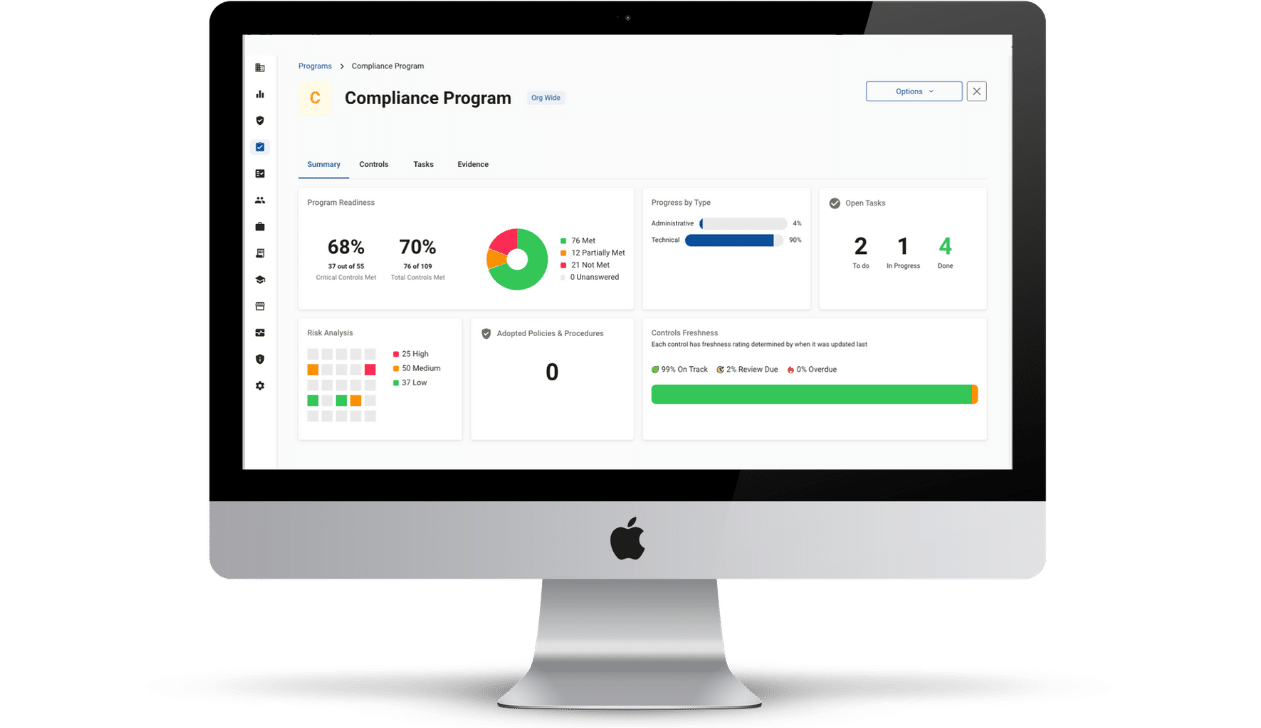The Occupational Safety and Health Administration (OSHA) respiratory protection plan is an essential program that ensures the safety of workers by preventing inhalation of hazardous substances. The OSHA respiratory protection program elements include:
- Policies and procedures for selecting respirators
- Training employees on proper use
- Establishing medical evaluations to assess health conditions of employees
These measures are crucial in protecting workers from exposure to harmful particulates. Respiratory protection is a vital component of ensuring workplace safety.
Critical Aspects of the OSHA Respiratory Protection Plan
1. Properly Selecting Respirators
Employers must evaluate potential hazards in the workplace and select appropriate respirators based on the following:
- Hazard type
- Level
- Duration of Exposure
Employers must evaluate their workplaces to determine which types of respirators are necessary for protecting workers from these specific hazards. For example, if workers are exposed to particulate matter or toxic gases in the air, they may need either half-mask or full-face respirators with filters that match the hazard. To ensure that all employees receive adequate protection, employers should provide a variety of respirator types and sizes. Respirators must also be fit-tested to seal correctly around an employee’s face.
2. Educating Employees on Proper Respirator Use
It is an absolutely critical element of the OSHA respiratory protection program that employees are adequately trained on the proper use of respirators. Employees must know how to operate their assigned respirator correctly, understand its limitations, and recognize when it needs maintenance or replacement. Regular OSHA training sessions can help employees stay informed about changes in respirator technology or new safety protocols.
3. Perform Regular Medical Evaluations
OSHA requires employers to perform regular medical examinations for employees who wear respirators during work hours. Medical evaluations aim to identify any underlying medical problems that may prevent an employee from safely using a particular respirator. Additionally, these evaluations can detect occupational diseases caused by prolonged exposure to airborne contaminants.
How to Ultimately Have an Effective OSHA Respiratory Protection Plan
An effective OSHA respiratory protection plan protects workers and ensures compliance with federal regulations. Failure to comply with OSHA standards can result in hefty fines for employers and endanger worker safety. As such, it is crucial to implement a comprehensive respiratory protection plan that fully adheres to OSHA regulations.
To assist employers in developing an effective respiratory protection plan, OSHA provides sample plans tailored towards different industries such as healthcare facilities or construction sites. These sample programs outline specific steps employers should take to protect workers from exposure to hazardous substances. Furthermore, OSHA provides guidelines for employers to create their own custom respiratory protection programs based on the unique hazards present in their workplaces.
In summary, the OSHA respiratory protection plan is a critical program that ensures worker safety by minimizing exposure to harmful substances. The program elements include selecting appropriate respirators, training employees on proper use, establishing medical evaluations, and adhering to federal regulations. Employers can also utilize sample plans provided by OSHA or develop their own customized programs. By implementing an effective respiratory protection plan, employers can safeguard their workers’ health and compliance with federal standards.









